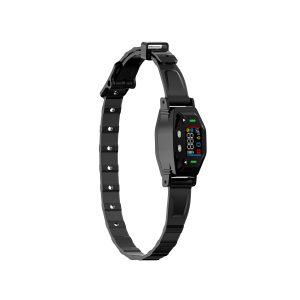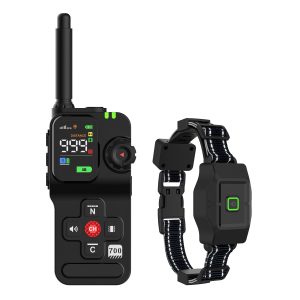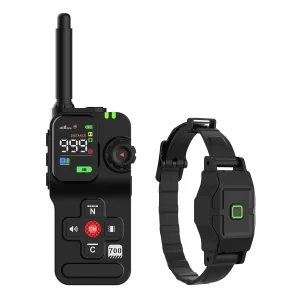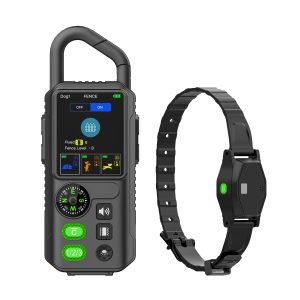How Do Bark Control Devices Actually Work?
In the realm of pet ownership, particularly concerning dogs, the issue of excessive barking can be a genuine concern for many pet parents. Not only can incessant barking be annoying for neighbors and disruptive to households, but it can also indicate underlying behavioral or emotional issues in the dog. This is where bark control devices come into play.
But how exactly do these devices work, and are they a humane solution to addressing the problem of nuisance barking?
Let’s delve into the world of bark control devices and explore the mechanisms behind their effectiveness.
One of the most common types of bark control devices is the ultrasonic bark deterrent. These devices emit a high-frequency sound that is unpleasant to dogs, but inaudible to human ears. When a dog barks within a certain range of the device, it detects the sound and emits the ultrasonic noise, which acts as a deterrent, encouraging the dog to stop barking.
Another type of bark control device is the citronella collar. This collar releases a burst of citronella spray whenever the dog barks. Dogs have a keen sense of smell, and the citronella scent is often effective in interrupting their barking behavior without causing any harm.
Some bark control devices utilize static correction or vibrations to deter barking. These devices deliver a mild static shock or vibration to the dog when it barks, providing a negative reinforcement that discourages further barking. While these methods can be controversial, when used correctly and in conjunction with positive reinforcement training, they can be effective in reducing excessive barking.
It’s worth noting that bark control devices should always be used in conjunction with proper training and positive reinforcement techniques. Simply relying on a bark control device without addressing the underlying reasons for the barking can be ineffective in the long run.
Ultimately, the effectiveness of bark control devices varies from dog to dog. Some dogs may respond well to ultrasonic deterrents, while others may be more sensitive to citronella collars or static correction devices. Understanding your dog’s individual needs and preferences is key to finding the right solution for managing their barking behavior.
While bark control devices can be a helpful tool in addressing nuisance barking, it’s essential to approach their use with caution and consideration for your pet’s well-being.
Next time you find yourself struggling with your dog’s excessive barking, consider exploring the world of bark control devices and finding the right solution for your furry friend.




